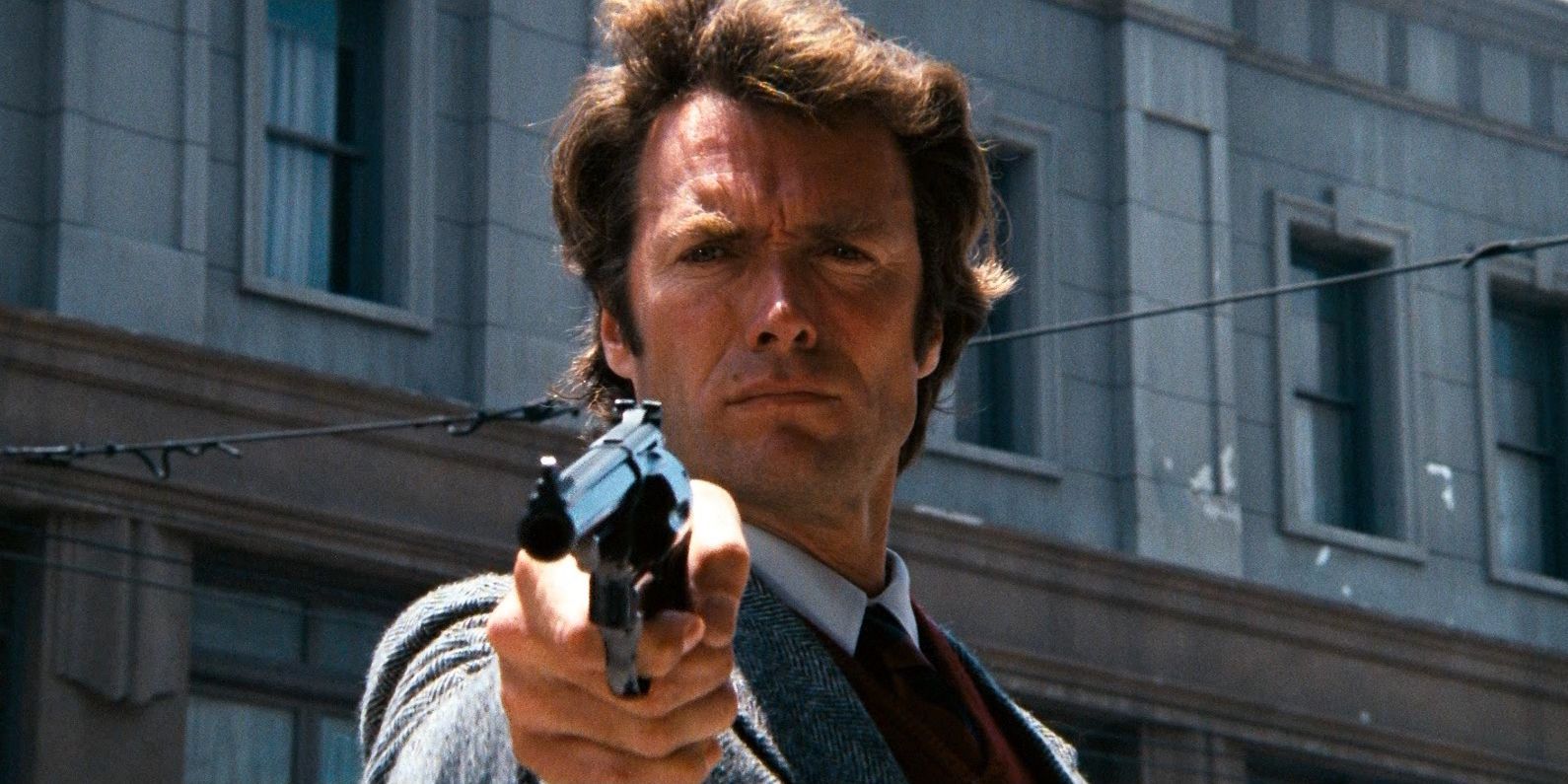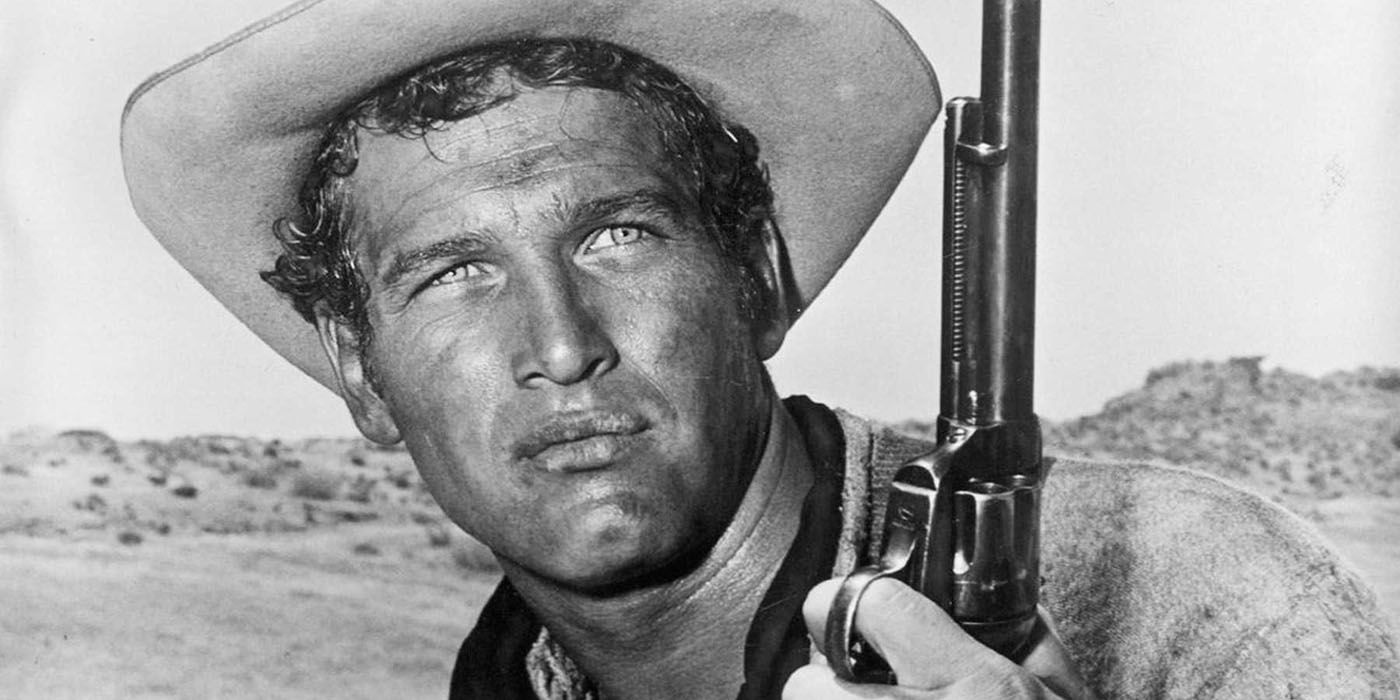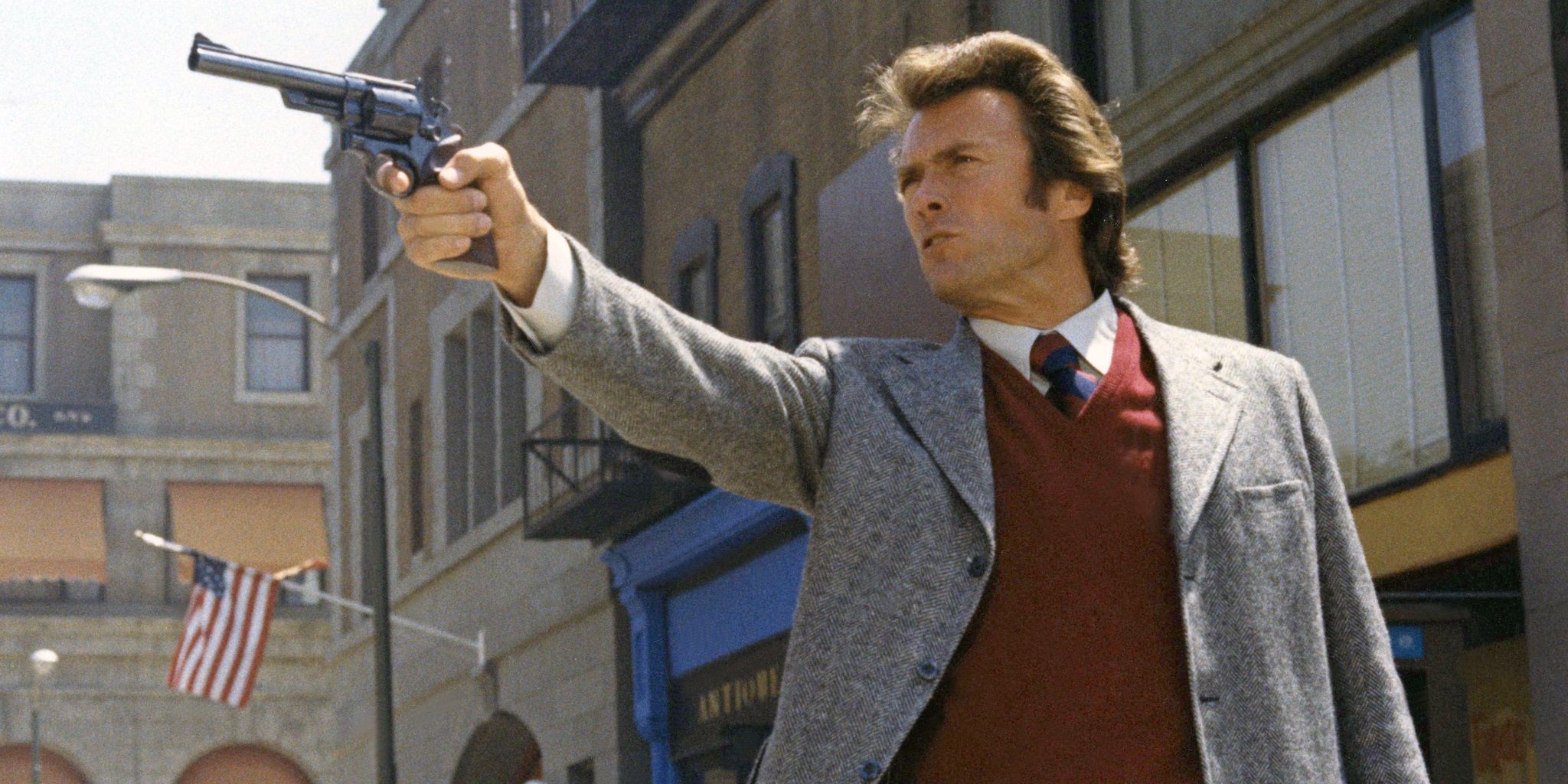Most well-known for his film roles of cowboys and cops, audiences first met the tall, taciturn, handsome Clint Eastwood on the small screen, when he played cowboy Rowdy Yates on the hit television Western series “Rawhide.”
From there, he was the inscrutable “Man without a Name” squinting under the sun in Sergio Leone’s Western movies and the scowling San Francisco detective in “Dirty Harry” movies who posed the famous challenge: “Go ahead, make my day.”
With the haunting “Play Misty for Me,” Eastwood first demonstrated his talent for directing is just as abundant as acting. Two of his four Oscars are awards for Best Director—for “Unforgiven” and “Million Dollar Baby”—and the other two Oscars are Best Picture awards won by the same movies. As a director, he is known for sticking to the budget and often finishing ahead of schedule. Actors say they like working with Eastwood for his reserved and supportive style. “He respects the actor,” Morgan Freeman has said. He’s also known for filming minimal takes—one take, or two “if you were lucky,” actor Tim Robbins said of the director.
With decades of work behind him and no sign of slowing down—the nonagenarian is still acting—Stacker took a look at the accomplishments and events of Eastwood’s life and compiled a list of 25 facts that you may not know. To put together the list, Stacker consulted newspaper and magazine articles, biographies, film archives, film recordings and reviews, and fan websites.
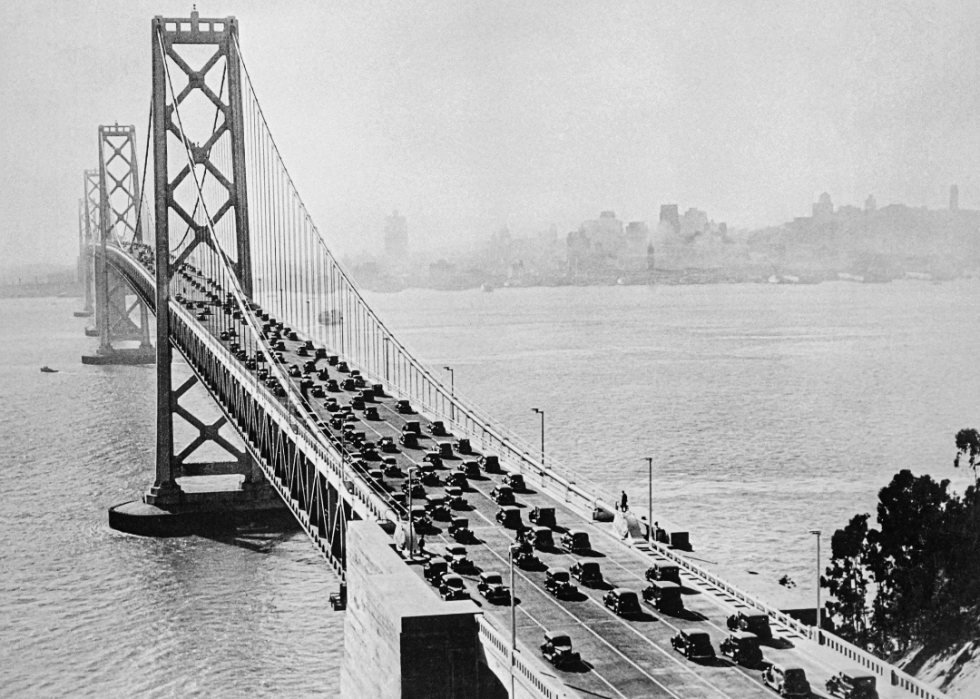
1930: Born in San Francisco
Clinton Eastwood Jr. was born May 31, 1930, in San Francisco, and he has one younger sister, Jeanne. He attended Oakland Technical High School.
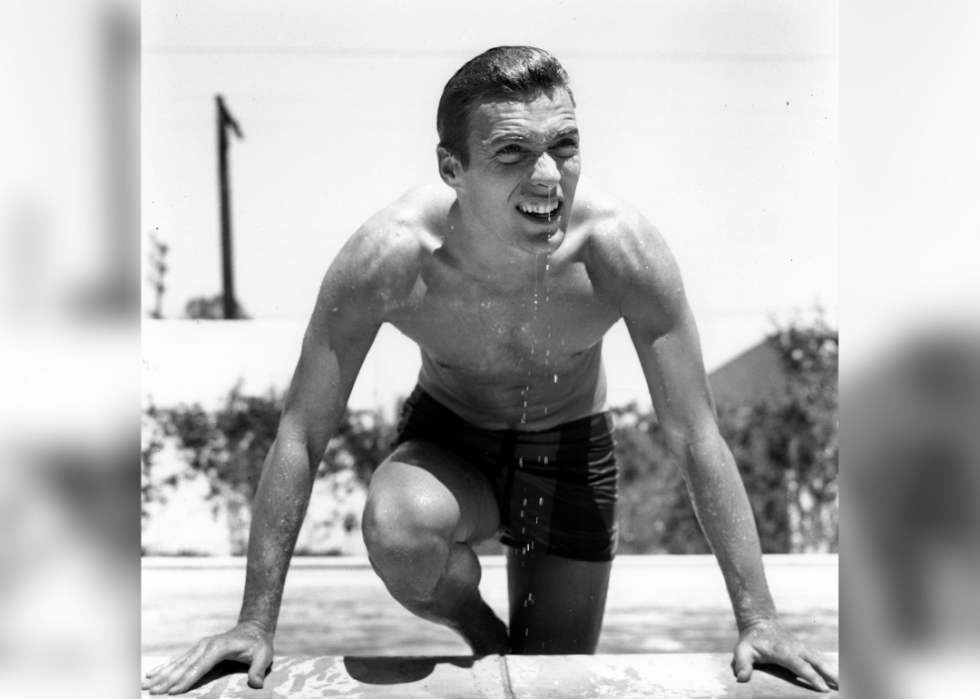
1950: Odd jobs and an Army stint
After high school, Eastwood found work as a logger, hay baler, truck driver, and furnace tender in a steel plant. He was drafted into the U.S. Army in 1950 and stationed at California’s Fort Ord, where he taught swimming lessons on base. After being discharged in 1953, Eastwood attended Los Angeles City College and worked in a gas station.
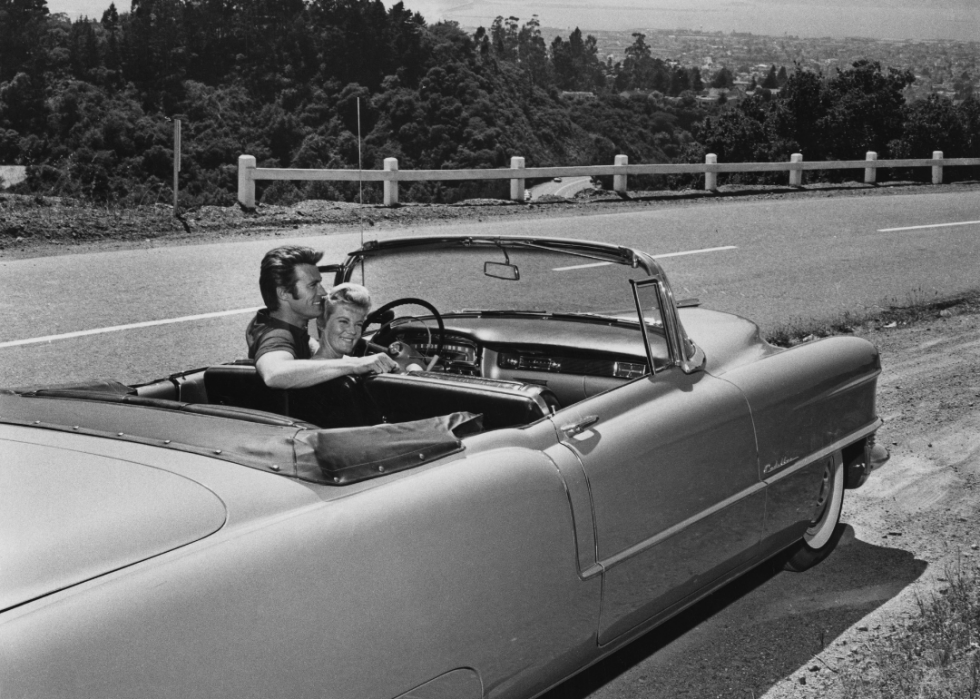
1953: Marriage to Maggie Johnson
Eastwood married Maggie Johnson, a Los Angeles model, in 1953. They had two children, Kyle and Alison. In 1964, while married to Johnson, Eastwood had a daughter, Kimber, with Roxanne Tunis, an actress and stuntwoman. Eastwood and Johnson divorced in 1984.
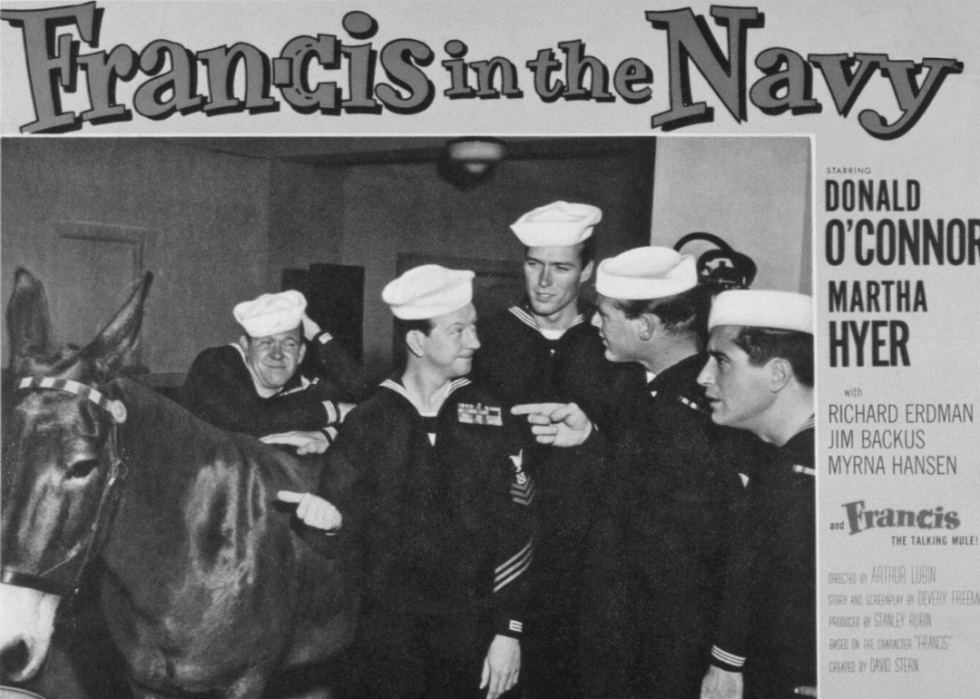
1955: Movie debut in monster flick
Eastwood passed a screen test with Universal Studios, got a 40-week contract, and landed his first roles in the 1955 monster movies “Revenge of the Creature” and “Tarantula” and the comedy “Francis in the Navy.”
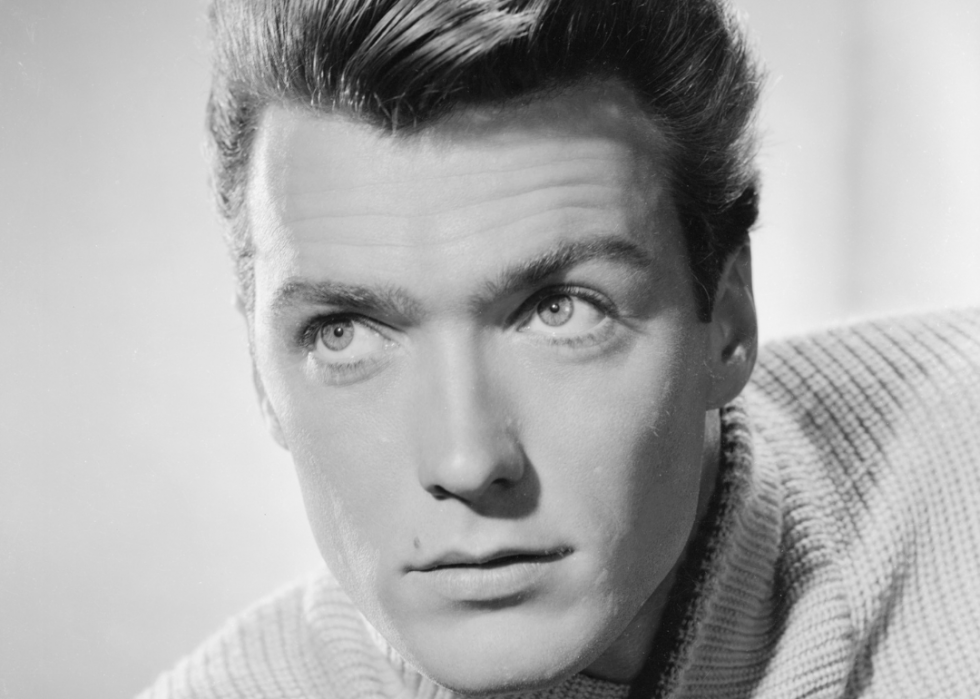
Late 1950s: TV roles and manual labor
When his Universal Studios contract ended, Eastwood booked a few roles in television, but he made ends meet by digging swimming pools and driving a garbage truck.
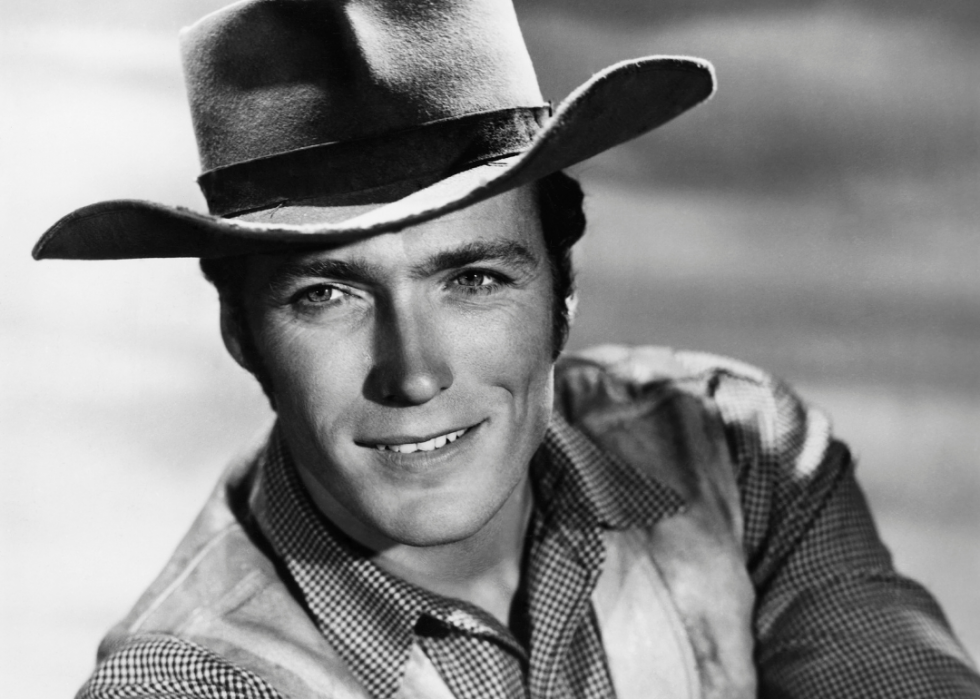
1958: Becoming Rowdy Yates
Eastwood’s breakout role came in 1958, when he landed the part of Rowdy Yates on the Western television series “Rawhide.” He would go on to play the cowboy for the show’s eight seasons.
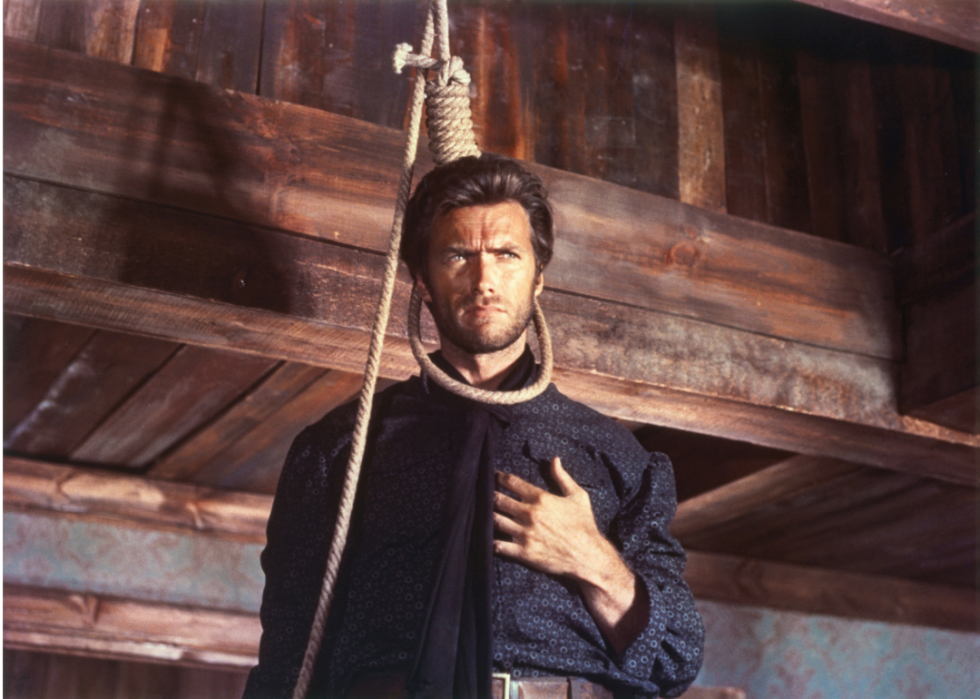
1960s: Spaghetti Westerns
The actor headed to Italy in the 1960s to star in a series of spaghetti Westerns—”A Fistful of Dollars,” “For a Few Dollars More,” and “The Good, the Bad and the Ugly” —all directed by Sergio Leone. The stint in Europe brought Eastwood international attention.
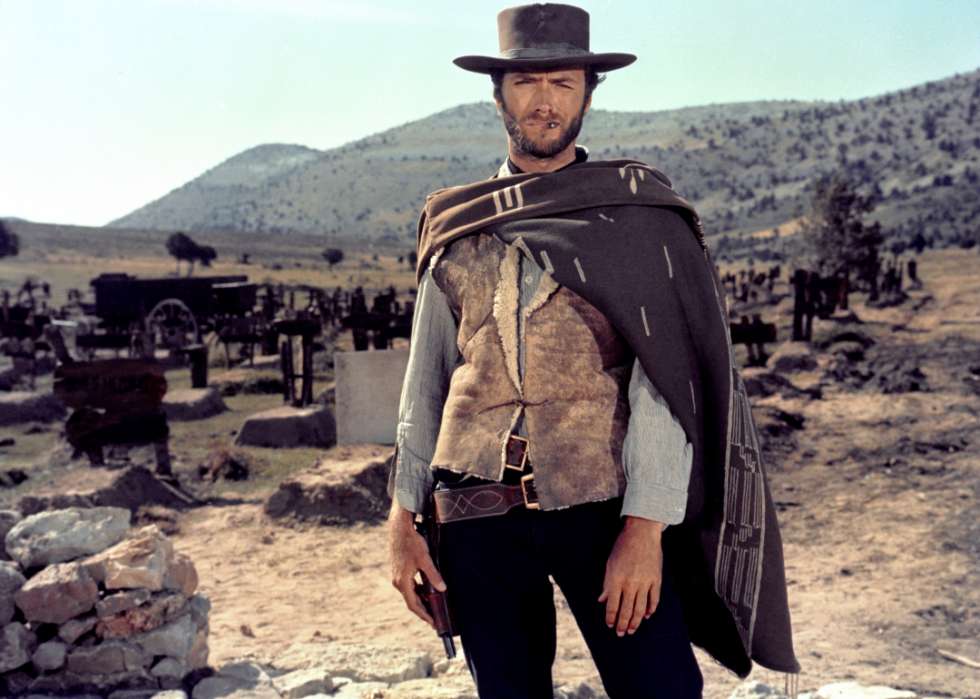
1960s: The “Man with No Name”
Actors James Coburn and Charles Bronson both turned down the role of the “Man with No Name” that Eastwood played in the Sergio Leone Westerns. Eastwood wore the same sarape in each movie and is said to have never washed it.
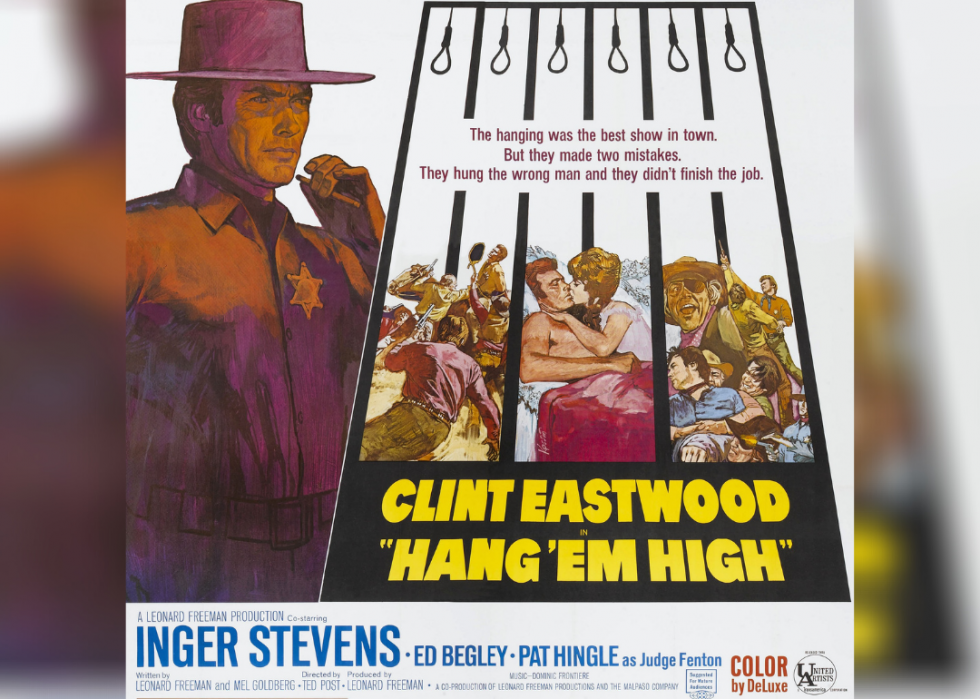
1967: Establishing Malpaso Productions
In 1967 Eastwood set up his own company, Malpaso Productions, which would produce his first Western, “Hang ’Em High,” in 1968. Malpaso Productions was behind more of Eastwood’s cowboy roles in “High Plains Drifter” in 1973, “The Outlaw Josey Wales” in 1976, and “Pale Rider” in 1985, as well as Eastwood’s portrayal of real-life prisoner Frank Lee Morris in the 1979 movie “Escape from Alcatraz.”
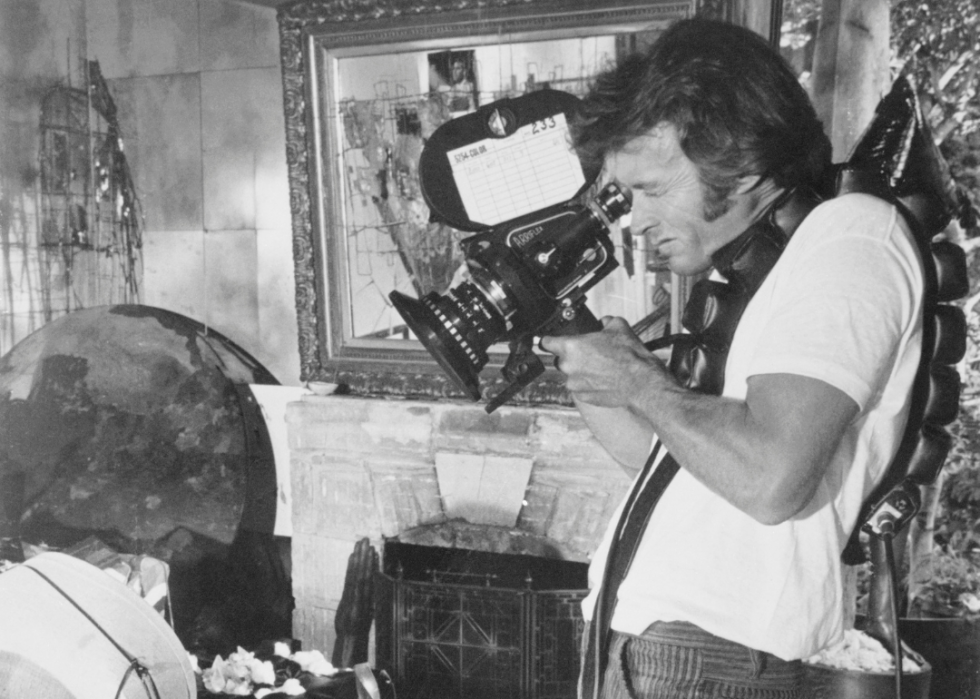
1971: Directorial debut
Eastwood directed his first film, “Play Misty for Me,” in 1971. The film was a psychological thriller about a radio disc jockey (Eastwood) and an obsessed listener played by Jessica Walter.
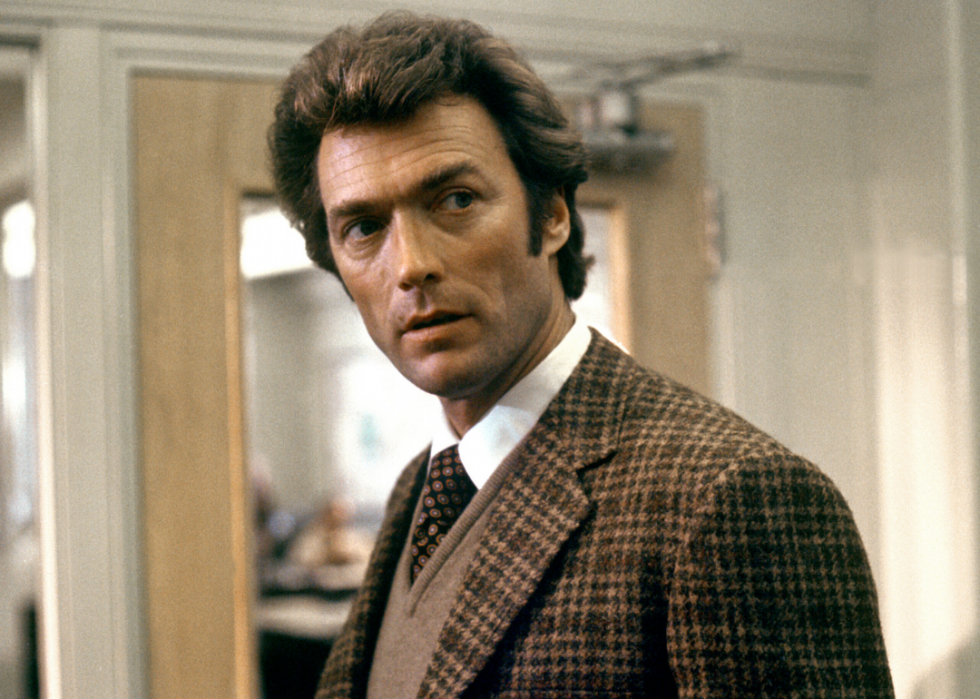
1971: “Dirty Harry” arrives on screen
Eastwood first took on the iconic role of hard-edged San Francisco detective Harry Callahan in 1971’s “Dirty Harry,” which led to the sequels “Magnum Force” in 1973, “The Enforcer” in 1976, “Sudden Impact” in 1983, and “The Dead Pool” in 1988.
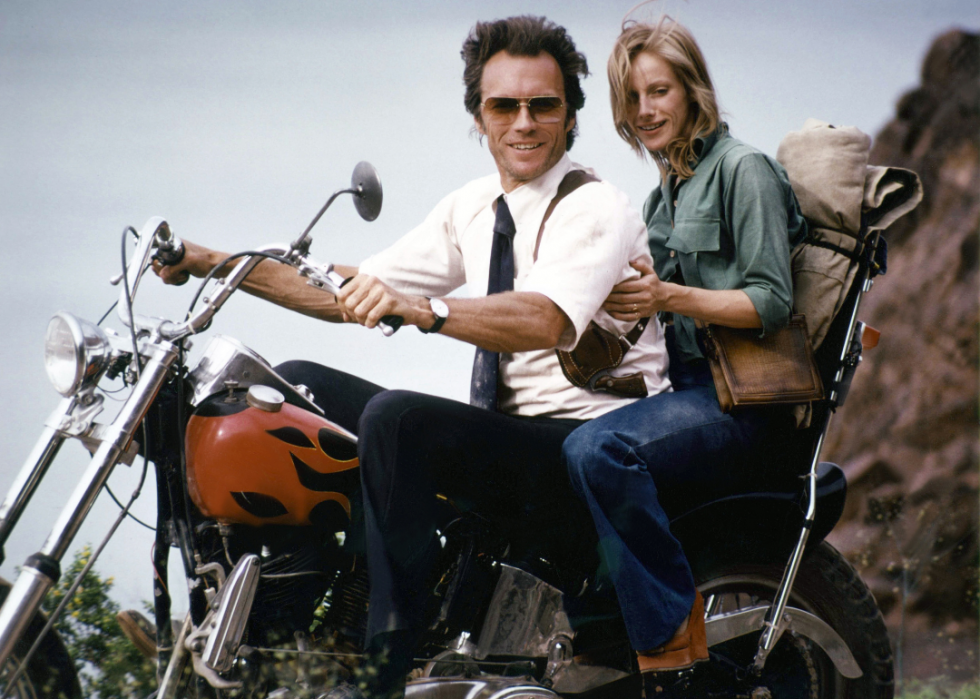
1975: Relationship with Sondra Locke
In 1975, Eastwood began a 13-year relationship with actress Sondra Locke that would end bitterly. The couple made six films together, although while living with Locke, Eastwood had a son, Scott, and a daughter, Kathryn, with former flight attendant Jacelyn Reeves. In 1989, Locke filed a $70 million palimony lawsuit against Eastwood, seeking damages and an equal division of property. In a private settlement, Locke got money, property, and a directing contract at Warner Bros.
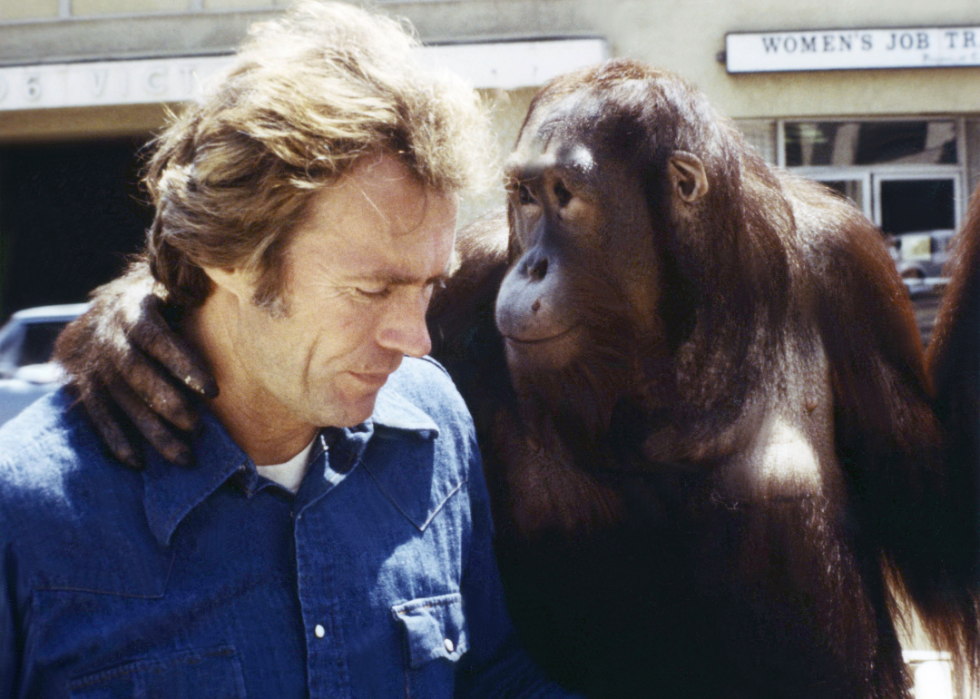
1978: Comedy with an orangutan costar
Venturing into comedy, Eastwood appeared in the 1978 movie “Every Which Way but Loose,” sharing the screen with a charismatic orangutan named Clyde. The pair reunited for a sequel, “Any Which Way You Can,” in 1980.
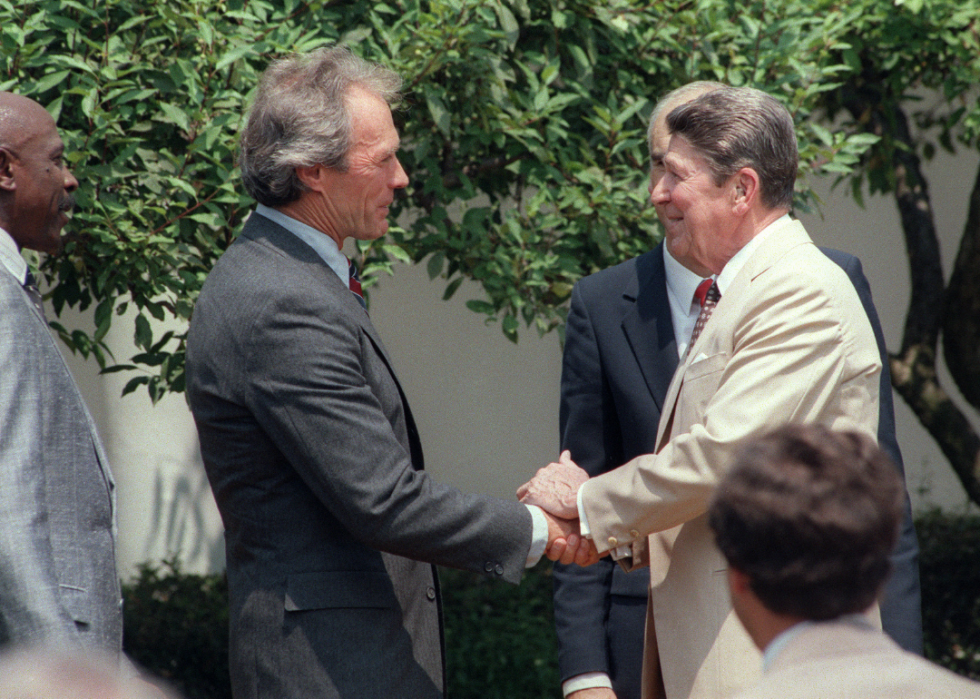
1986: Mayor of Carmel
The life-long Californian was elected mayor of Carmel-by-the-Sea in 1986, after running a campaign that promised to bridge the business and residential communities of the one-mile-square village. He was mayor of Carmel, which has no street addresses or street lights, for a single two-year term and did not seek reelection.
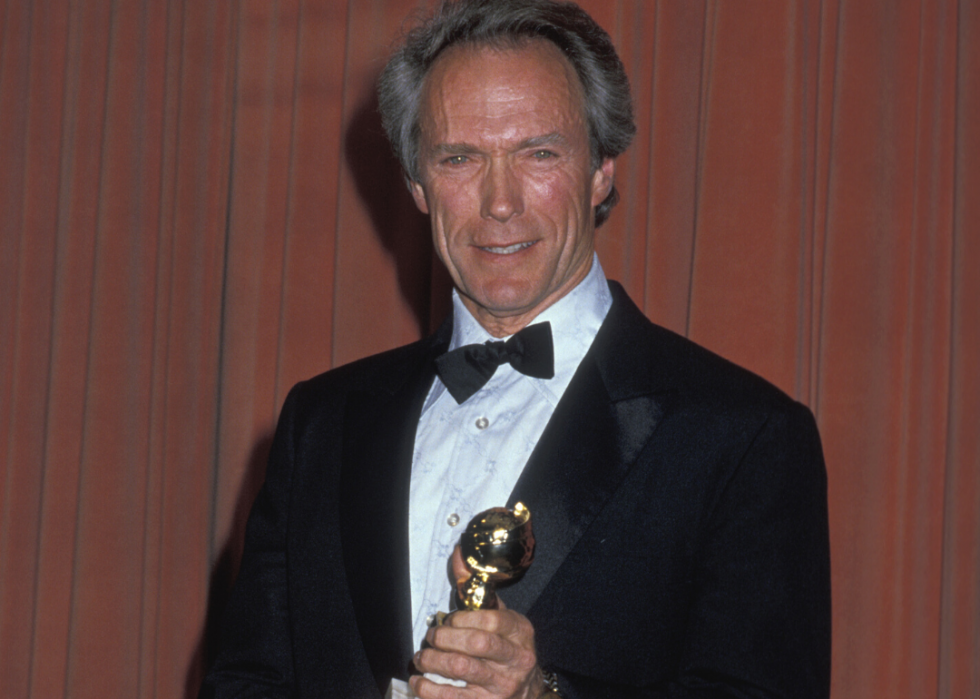
1988-1992: Directing prize-winning films
Adding to his growing list of award-winning directorial efforts, Eastwood made “Bird,” a 1988 biopic about jazz legend Charlie Parker that won him a Golden Globe, followed by the 1992 Western “Unforgiven,” which won Oscars for Best Picture and Best Director. In “Unforgiven,” Eastwood played an aging gunslinger taking on one last job.
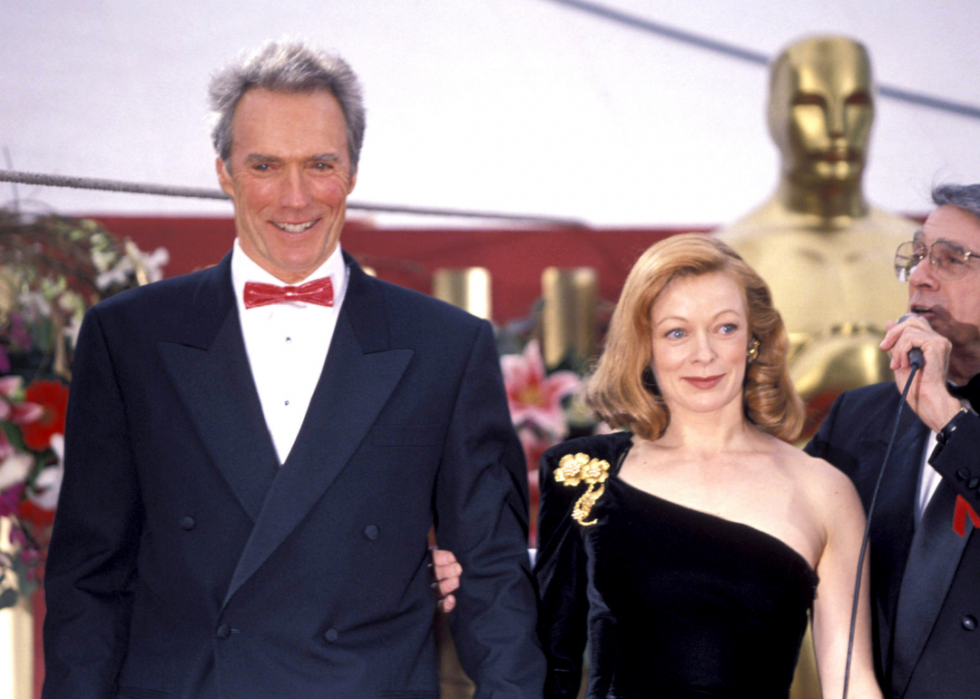
1993: Two Oscars and a baby
Eastwood had been in a relationship with actress Frances Fisher since the early ’90s, soon after the two appeared together in “Pink Cadillac.” She was also one of his co-stars in the Oscar-winning “Unforgiven,” and in 1993, the couple welcomed a daughter, Francesca.
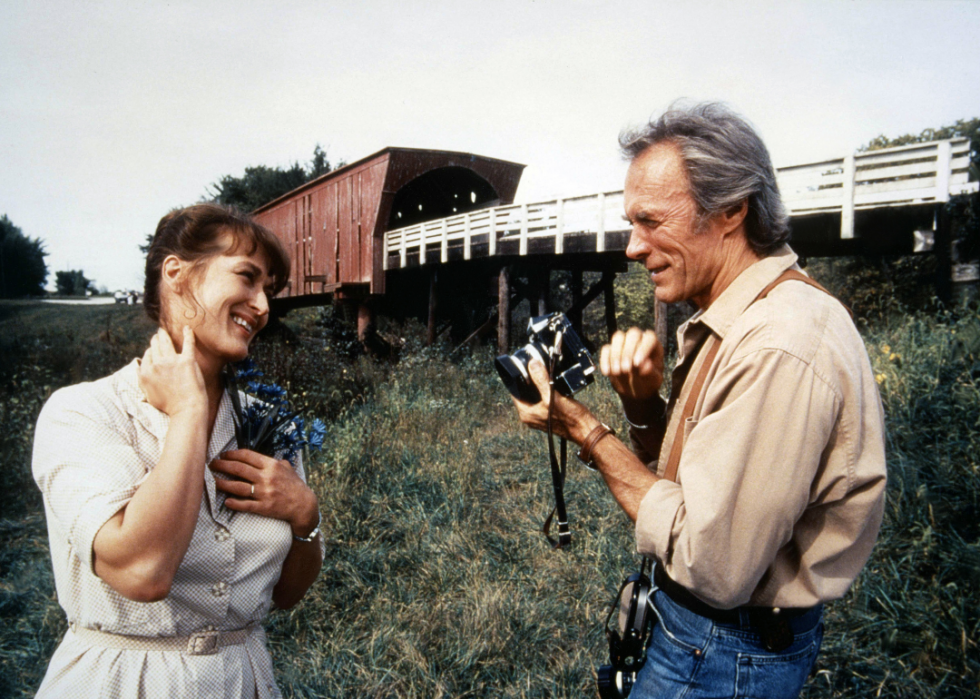
1995-2003: Making dramas and romance
Eastwood directed and starred in the 1995 love story “The Bridges of Madison County” alongside Meryl Streep as well as the 2000 adventure movie “Space Cowboys” with James Garner, Tommy Lee Jones, and Donald Sutherland. In 2003, he directed the crime drama “Mystic River,” which earned Oscars for stars Sean Penn and Tim Robbins.
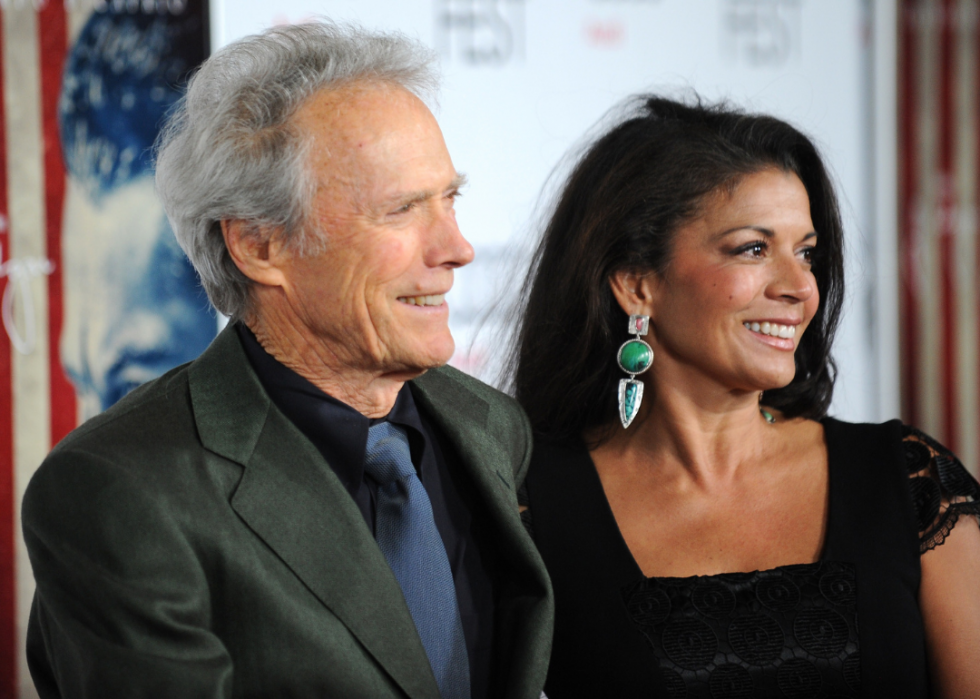
1996: A second marriage
Eastwood entered into marriage a second time when he wed a California TV news anchor named Dina Ruiz, who was 35 years his junior. The couple welcomed a daughter, Morgan, that same year, and Ruiz went on to appear in two of his films, “True Crime” and “Blood Work.” The marriage ended in 2013.
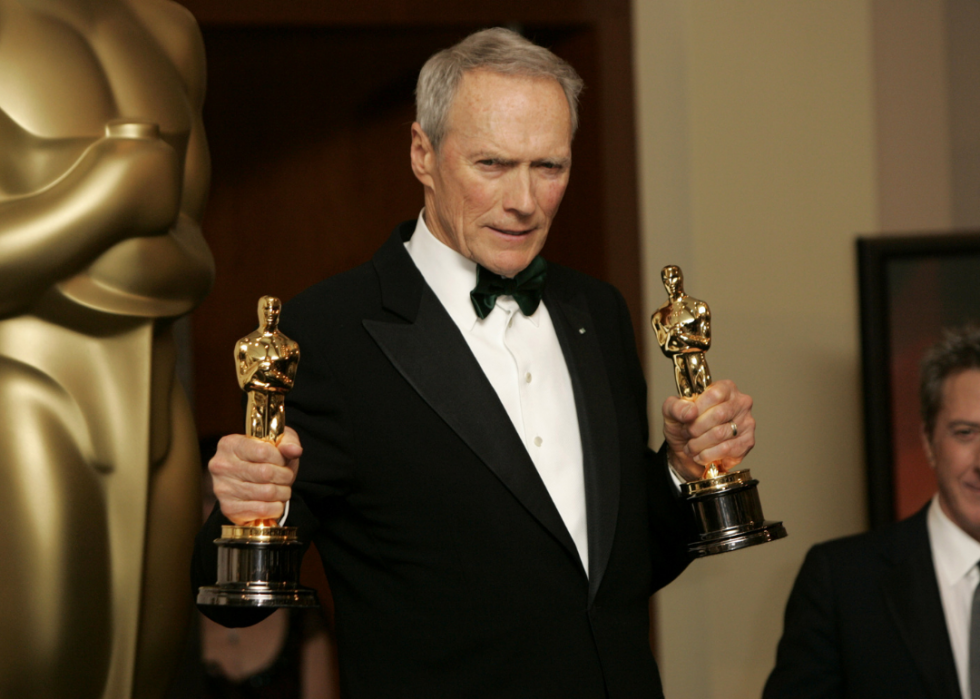
2004: Hitting it big with “Million Dollar Baby”
“Million Dollar Baby,” starring Hillary Swank as a boxer and Eastwood as her trainer, earned four Academy Awards: Eastwood received an Oscar for Best Director, the movie won for Best Picture, and Swank and Morgan Freeman were recognized with Oscars for their acting. The movie made a whopping $200 million.
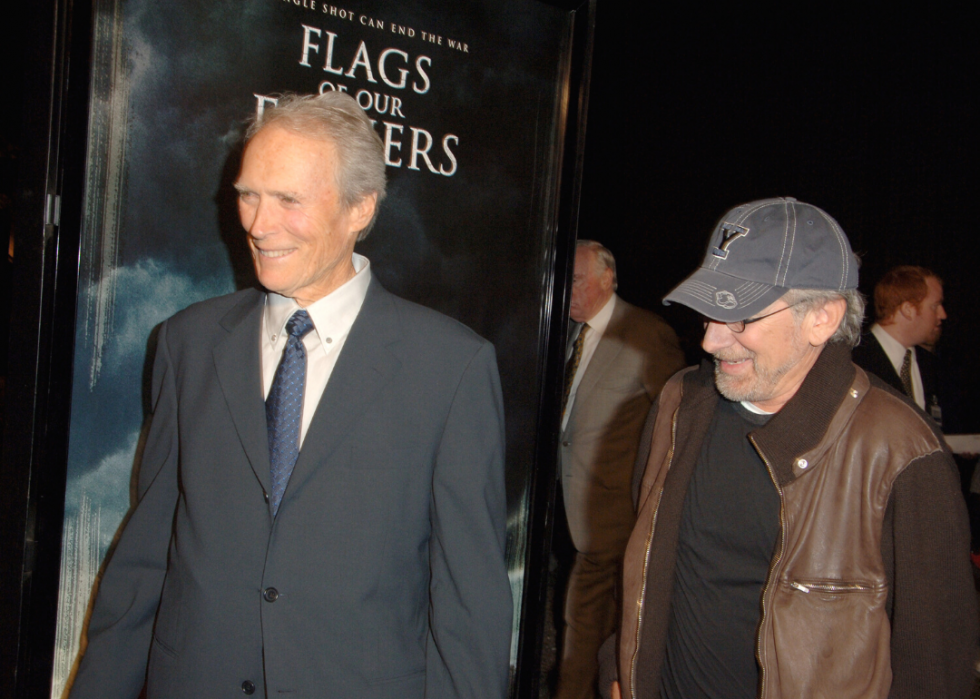
2006: Two looks at Worւԁ Wаr II
In 2006, Eastwood focused on an unusual set of projects—directing two movies about Worւԁ Wаr II, one from an American point of view and the other Japanese. “Flags of Our Fathers” looks at the men who helped raise the U.S. flag at Iwo Jima, and “Letters from Iwo Jima” drew from battlefield correspondence to explore the experiences of Japanese soldiers. “Letters” was nominated for four Academy Awards, among them Best Picture and Best Director.
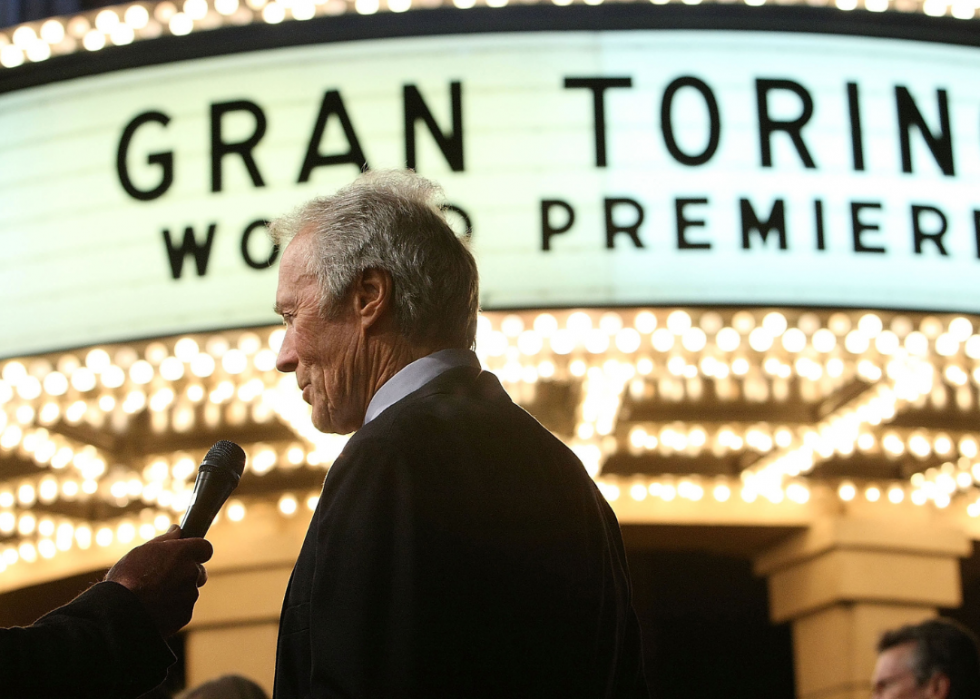
2008 – 2016: Continued directorial success
Among Eastwood’s successes as a director were “Gran Torino” in 2008 and “Invictus” the following year, starring Matt Damon and Morgan Freeman. Eastwood also directed the film adaptation of the Broadway hit musical “Jersey Boys,” “American Sniper” about Navy Seal sharpshooter Chris Kyle, and “Sully,” a behind-the-scenes look at pilot Chesley Sullenberger’s daring Hudson River airplane landing.
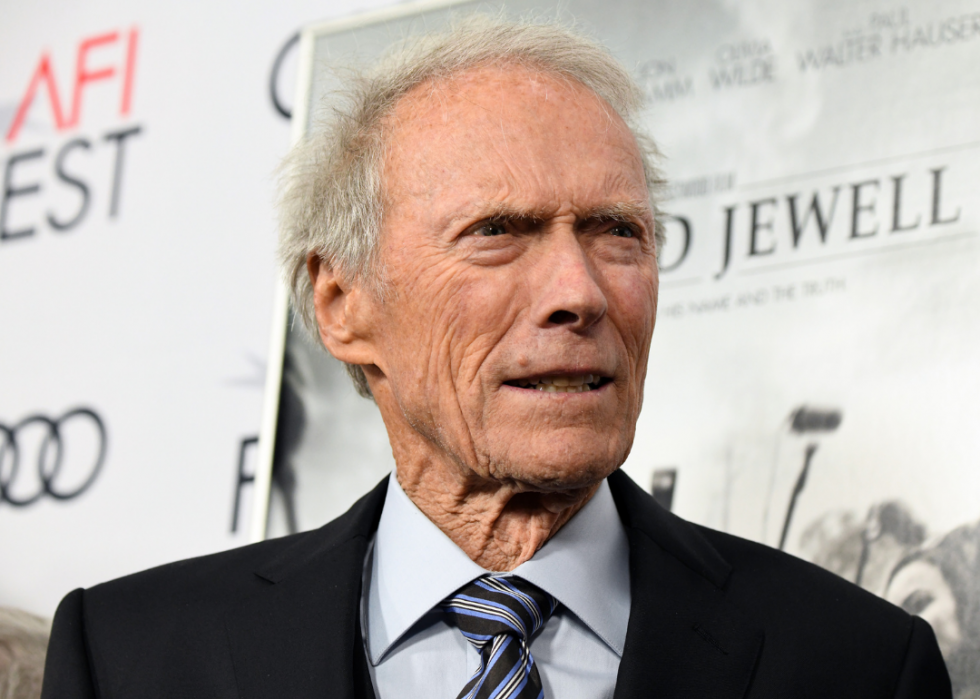
2012: Talking to an empty chair
At the 2012 Republican National Convention, in support of candidate Mitt Romney, Eastwood appeared on stage next to an empty chair and spoke to an imaginary President Barack Obama. The unconventional convention appearance left many observers wondering why the actor chose to attempt such an odd stunt.
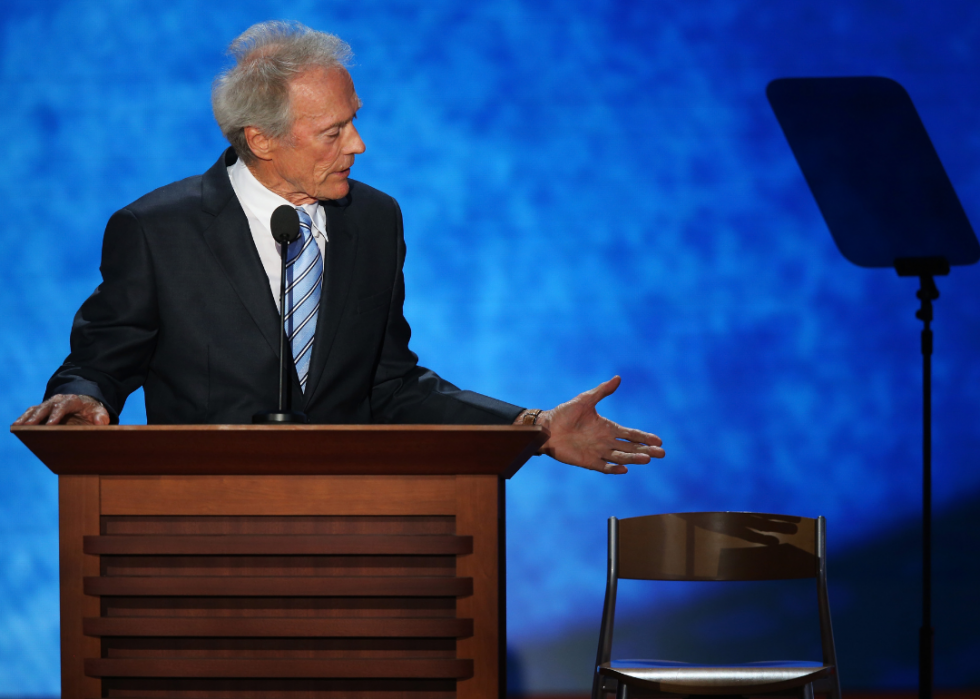
2014: A second divorce
In 2014, Eastwood divorced Dina Ruiz, a television anchorwoman 35 years his junior whom he had married in 1996. In 2012, Dina starred in a reality show called Mrs. Eastwood and Company, and her famous husband appeared in three episodes of its single season. They separated the following year.
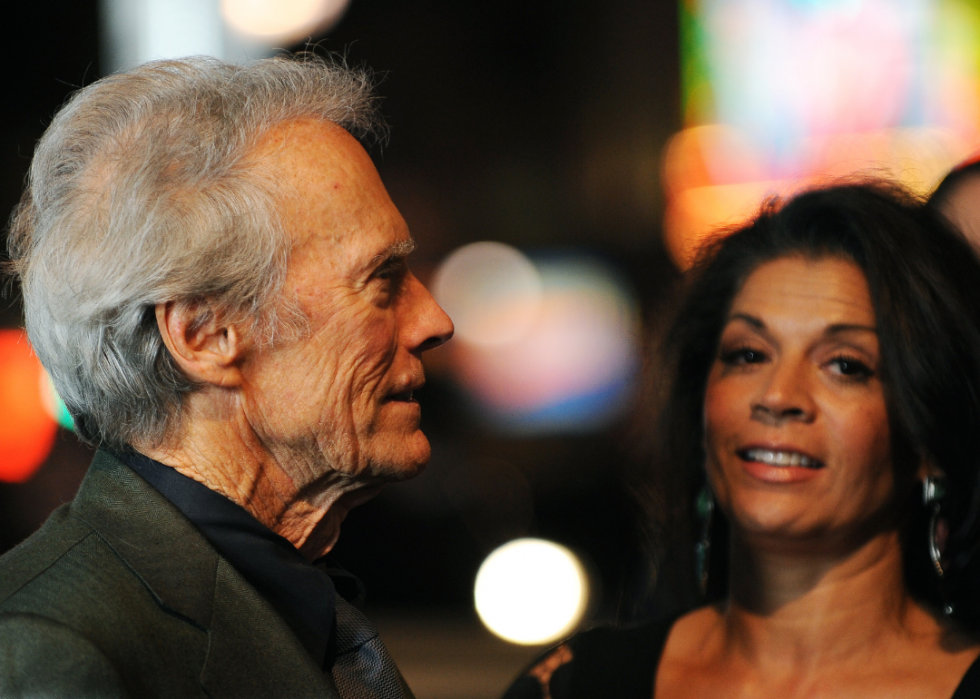
2019: A controversial look at “Richard Jewell”
Eastwood directed the 2019 movie “Richard Jewell” about the security guard accused of planting a bomb at the 1996 Summer Olympics in Atlanta. The movie came under criticism for portraying Atlanta Journal-Constitution reporter Kathy Scruggs as trading sexual favors with an FBI agent for an inside scoop. The editor-in-chief of the Journal-Constitution and colleagues of the late reporter said the film’s depiction of the respected journalist was offensive.
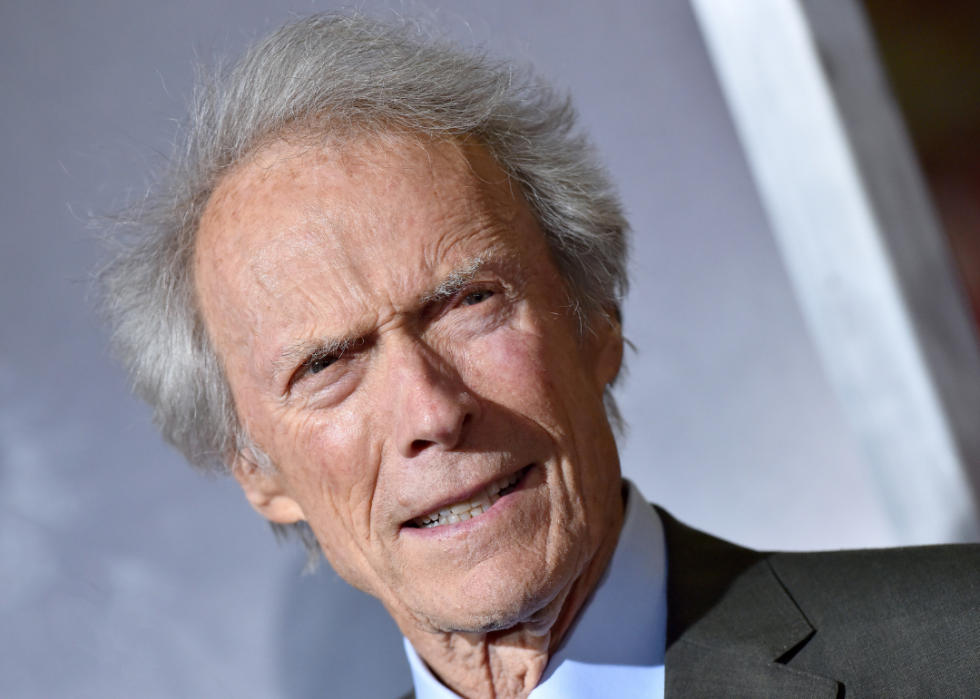
2018-2020: More directorial projects underway
The year 2018 saw Eastwood starring in “The Mule,” a true story about a U.S. Army veteran working as a drug mule for a Mexican cartel. In 2020, he started his 42nd project as a director—”Cry Macho,” about a horse breeder who rescues a boy from his alcoholic mother.


 Entertainment10 months ago
Entertainment10 months ago
 Entertainment10 months ago
Entertainment10 months ago
 Entertainment11 months ago
Entertainment11 months ago
 Entertainment1 year ago
Entertainment1 year ago
 Entertainment10 months ago
Entertainment10 months ago
 Entertainment11 months ago
Entertainment11 months ago
 Entertainment11 months ago
Entertainment11 months ago
 Entertainment10 months ago
Entertainment10 months ago



























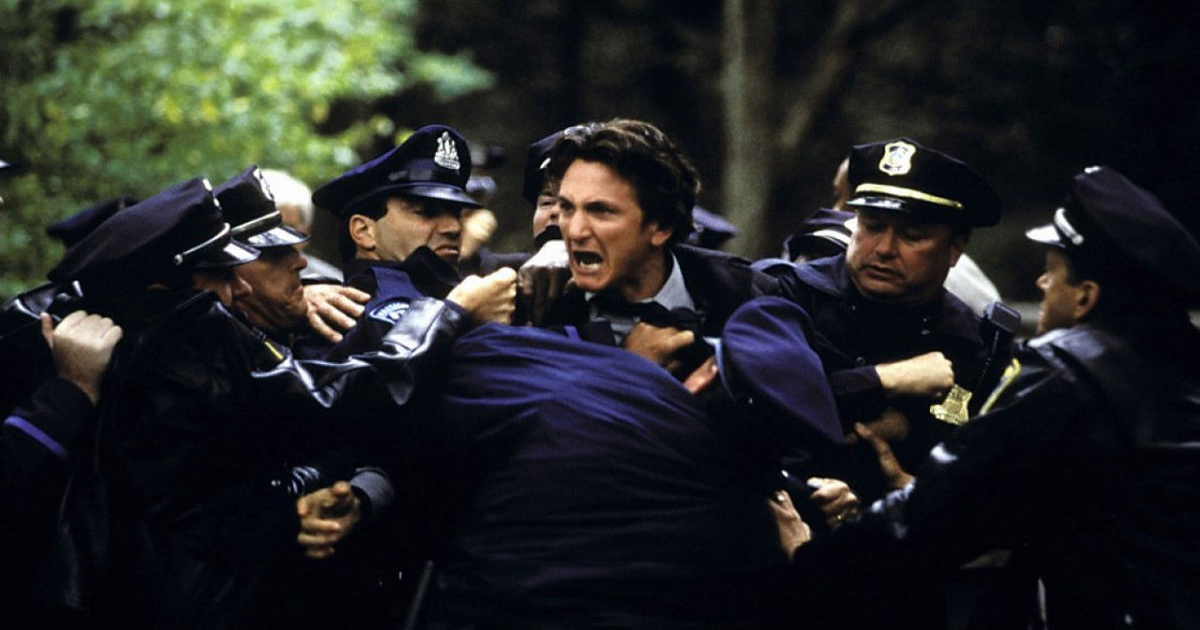 Warner Bros.
Warner Bros.

